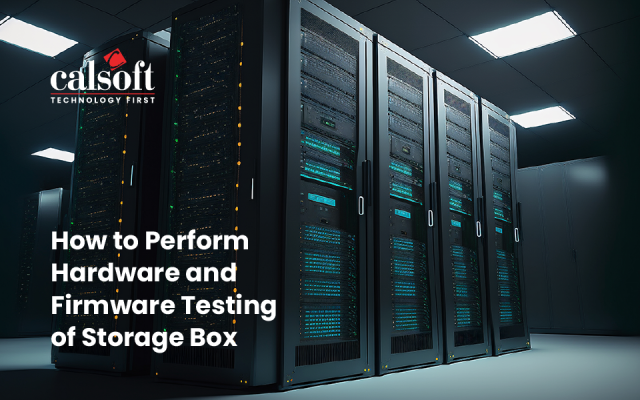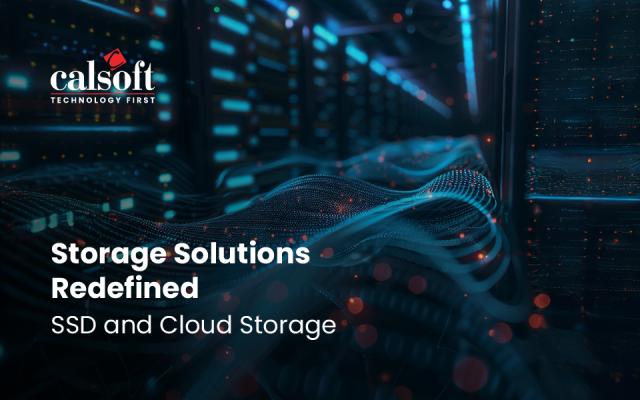Software defined Storage (SDS) is the next logical step in the evolution of not just storage, but also virtualization technology. VMware has made its move by introducing virtual SAN (VSAN), along with VMware vSphere® Flash Read Cache™ and virtual volumes (VVOLS) among others. Should storage vendors be worried? Or, can this move be simply ignored? Well, the answer is an emphatic “NO”. Capabilities of external storage systems perfectly complement the capabilities of VMware VSAN today. But, as storage vendors, does your offering really prove to be a good fit into VMware’s roadmap for SDS and will it really work perfectly well alongside VSAN?
VMware: What’s in their mind?
VMware has been fairly open of how VSAN works and what its best suited for. But, before we get into what VSAN is all about and what it is meant for, let’s try and understand VMware’s grand vision for Storage and how VSAN fits into the bigger picture of a software defined datacenter.
VMware Mission
VMware’s goal for the next few years for storage seems to be to ensure that no matter what storage their customers have, be it internal, external or cloud storage, and, no matter where their data resides, a unified experience is awarded to them in terms of storage consumption, storage management and SLA enforcement.
As can be seen from the picture, the entire idea of VSAN has been segmented into three sections.
The Virtual data plane: Separate out the data and control layers. Allow both these layers to expand and grow independently while allowing the users to abstract and pool diverse storage resources.
Virtual Data Services: Enable and control virtual machine (VM) centric data services. These data services include data protection, replication, performance SLA management etc.
Policy driven control plane: Common policy based automation and orchestration for the virtual machines.
Currently VSAN only allows locally/ESXi host attached storage (VMware calls it Hypervisor converged storage) to be leveraged to create its unified storage experience. Definitely in the future, there could be a framework where VSAN allows 3rd party plugins from storage vendors to integrate with VSAN. But, this thought, at present, looks like a distant dream and 3rd party vendors cannot live by this thought to create similar value proposition for its own customers.
Value Proposition
Prominent value propositions for VMware VSAN are:
Extremely easy, VM centric storage management. This enables even a vSphere admin to consume storage just as they consume their compute resources for their virtual machines. Delivered on a PER VM basis.
Policy based storage and policy based automation: Allowing customers not only to grow up and/or scale out, but, also scale back/retract as needed. Allocate compute, memory, network and storage resources to VM’s based on the task they are designed for.
Embedded in vSphere: Storage management becomes less specialized. Commodity hardware and software (when combined, referred to as storage) be delivered inside the virtualization stack itself. Tightly integrate VSAN with features like vSphere HA, vMotion, Storage vMotion, DRS, data Protection, VMware View, vCAC, VCOPs, SRM, VMware Storage Policy Based Management Framework).
In Conclusion, there is a lot of excitement of VMware VSAN and its adoption in the market. VMware has a grand vision for software defined storage, and, with it has opened up huge opportunities for storage vendors to enhance their value propositions towards their customers. All the brilliant features and capabilities of VSAN can now be easily implemented by Storage vendors to allow application centric, policy based storage management and consumption of storage by their customers. This in turn will set the customers on the road towards their very own software defined data center.
Calsoft brings to the table a unique blend of wide and deep expertise in Storage, Networking and Virtualization (SNV) technologies as well as, in-depth understanding of all phases of product development engineering. Being champions in the SNV domain, Calsoft can be your best partner to help you achieve your product goals and add tremendous value to your product portfolio
To know more email: marketing@calsoftinc.com
Contributed by: Swanand Shende | Calsoft Inc.






